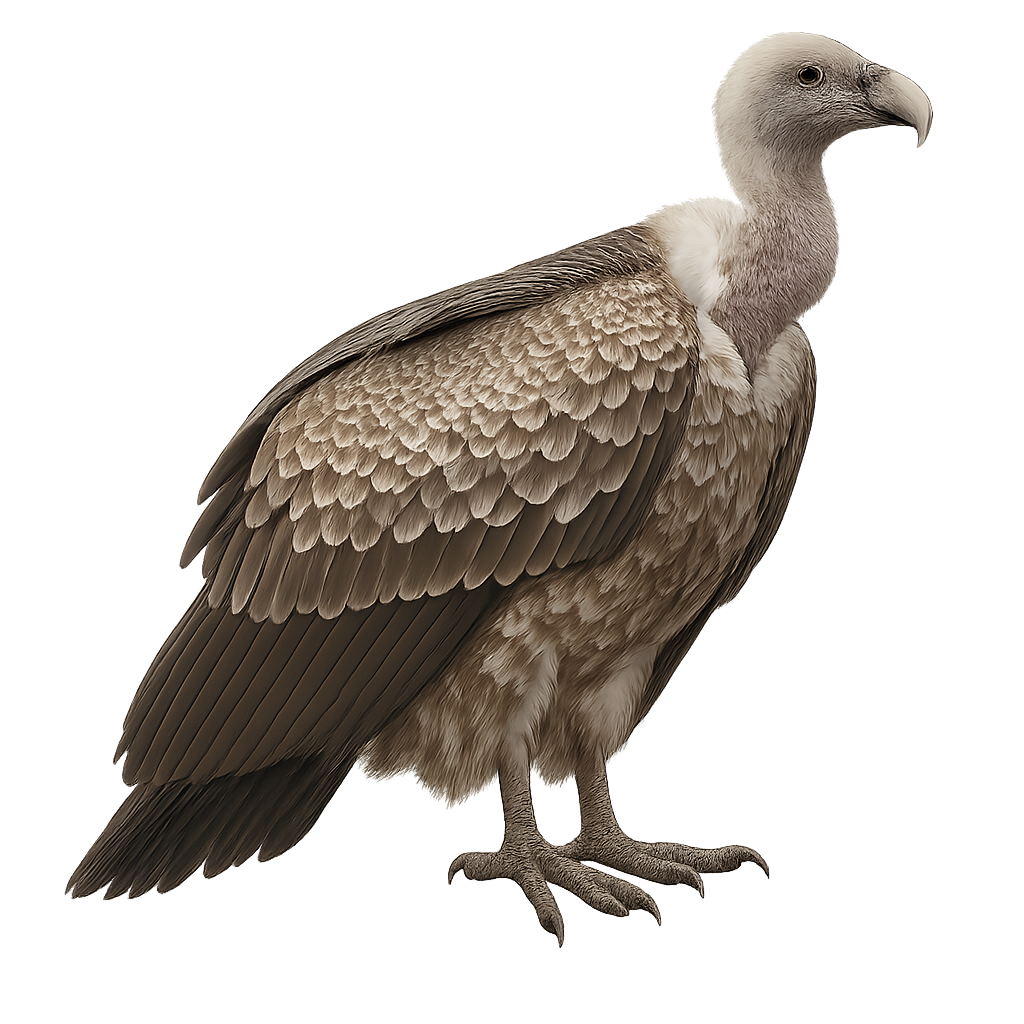Your wildlife photography guide.
Explore the rüppell's vulture in detail, study its behavior, prepare your shots.
Where to observe and photograph the rüppell's vulture in the wild
Learn where and when to spot the rüppell's vulture in the wild, how to identify the species based on distinctive features, and what natural environments it inhabits. The WildlifePhotographer app offers tailored photography tips that reflect the rüppell's vulture’s behavior, helping you capture better wildlife images. Explore the full species profile for key information including description, habitat, active periods, and approach techniques.
Rüppell's vulture
Scientific name: Gyps rueppelli

IUCN Status: Endangered
Family: ACCIPITRIDAE
Group: Birds
Sensitivity to human approach: Very shy
Minimum approach distance: 50 m
Courtship display: November to December
Incubation: 54-58 jours
Hatchings: December to February
Habitat:
Rocky cliffs, savannahs and open plains
Activity period :
Primarily active during the day, with peak activity in the morning and late afternoon.
Identification and description:
The Rüppell's vulture is a large carrion-feeding raptor, 85–95 cm tall with a wingspan of 230–265 cm, featuring dark brown plumage and a pale bare head. It inhabits mountain cliffs and savannas of East and Central Africa, feeding mainly on large mammal carcasses. During breeding, it nests in dense colonies on cliff ledges, and pairs sometimes perform group display flights above their nests.
Recommended lens:
400 mm – adjust based on distance, desired framing (portrait or habitat), and approach conditions.
Photography tips:
Position yourself at sunrise or sunset below cliff nests, anticipate their takeoff and shoot from a slight low angle to isolate the plumage against the sky, using a fast shutter speed and shallow depth of field.
The WildlifePhotographer App is coming soon!
Be the first to explore the best nature spots, track rutting seasons, log your observations, and observe more wildlife.
Already 1 432 wildlife lovers subscribed worldwide

